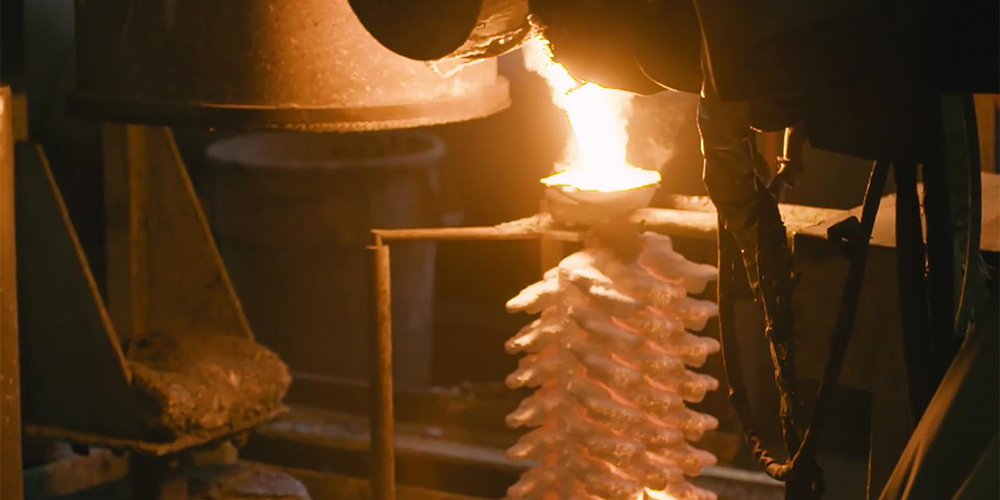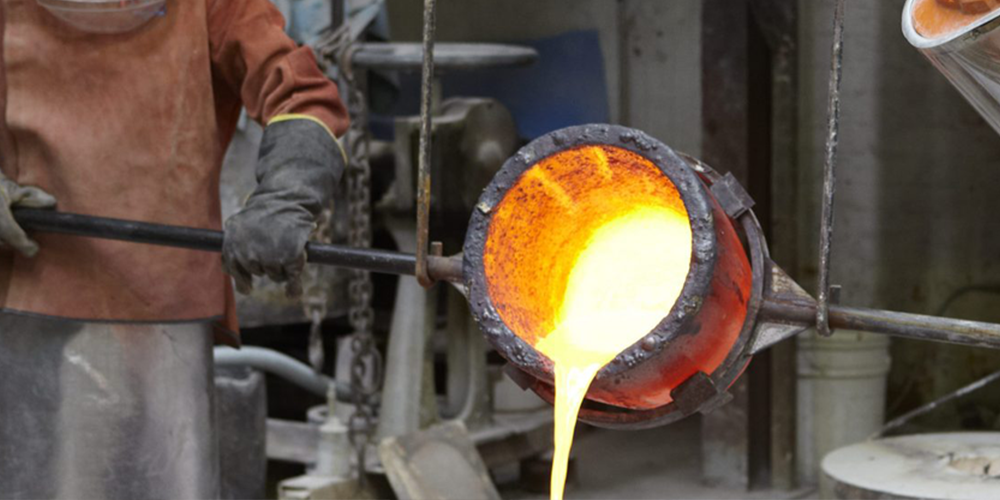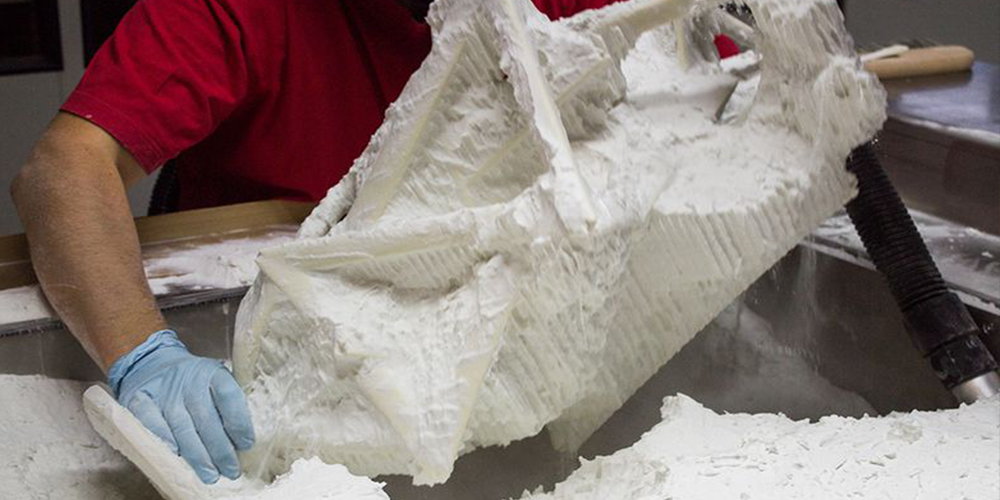What Is Lost Wax Casting?
Lost Wax Casting is a process transforming an original sculpted object into metal form. The earliest known example of this method dates back 6,000 years from the Indus valley civilization.
The core principles behind the process is to create an object out of a low temperature material that captures precise details, most commonly wax. Then surround the object with a material that can with stand extreme heats. This allows the wax to be melted out leaving a cavity for liquid metal to be poured in.
What Is Lost Wax Casting?
Though we follow many aspects of this ancient method today, new innovations have been added. The introduction of silicone molds allow for the piece to be sculpted out of any material as well as easily replicated. A silicone mold can be made of nearly any object and simply filled with wax allowing for a duplicate cast.
Fire proof casting materials vary. The most common used today are Plaster of Paris and Silica Slurry. While plaster will get many small jobs done, Silica is used for larger pieces especially when casting a piece with detail.
What Is Lost Wax Casting?
The most commonly overlooked element of this process is air exchange. This is known as Spruing. In order for the liquid metal to reach its destination, it must have the proper entrance size(gate) as well as adequate vents to allow the existing air in the mold to escape. Any miscalculation here will result in voids on the piece.
Once the metal has cooled, the casting material is then carefully chipped away. One might expect the museum quality piece to reveal itself but that is not the case. The metal was 2000 degrees when it was poured in so it will look like it has been in a fire. The gates and sprue must be cut away, the piece sand blasted, and several polishing steps preformed.
While the Lost Wax Casting Method may appear straight forward, it's more of a recipe than anything. Everything must be done at the right temperatures, correct timing, and too precise specs. The artisans that preform this craft should have experience and above all, the right tools and material.
For a more in depth look at the lost wax method, visit our Process Page below.




